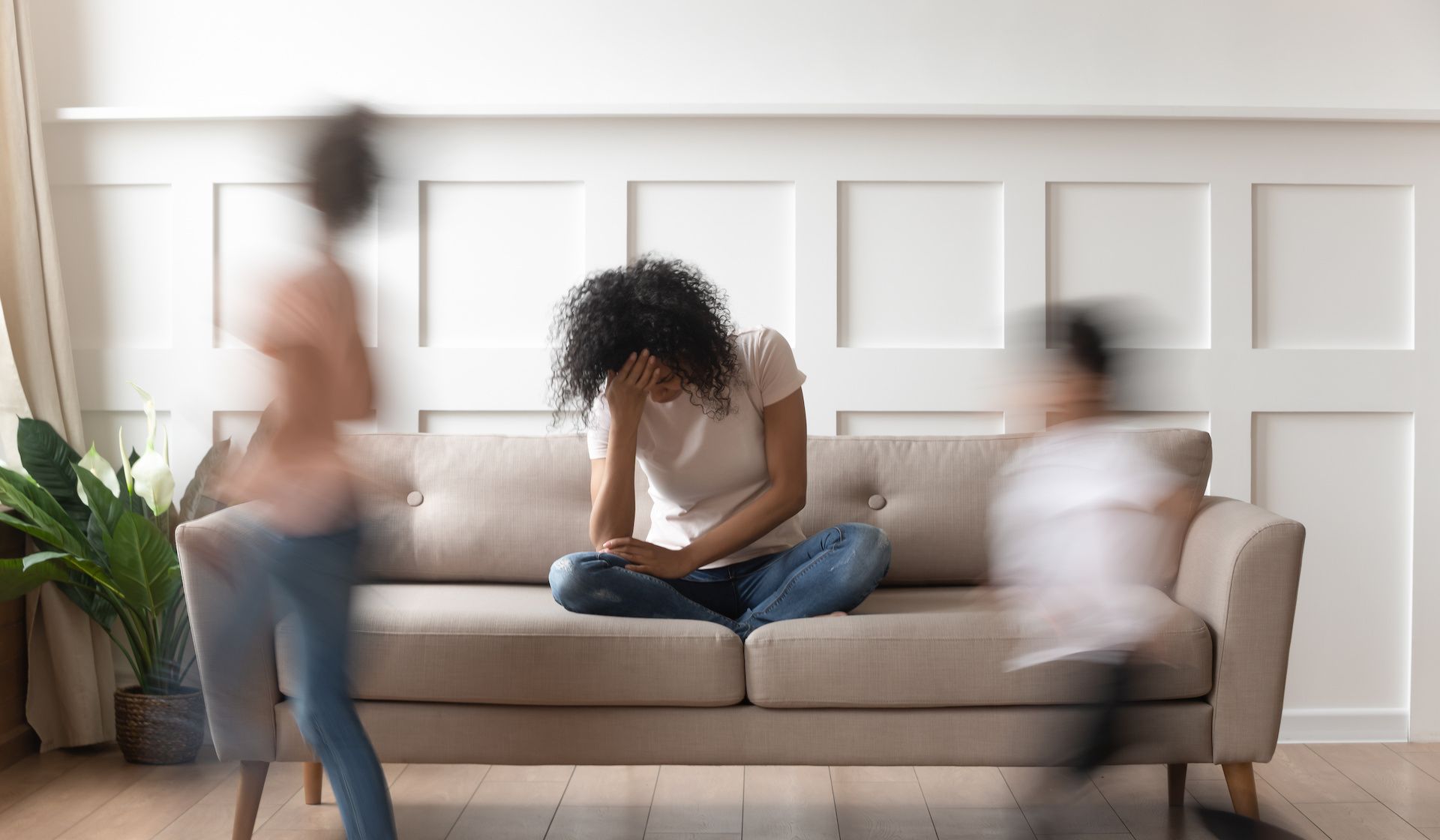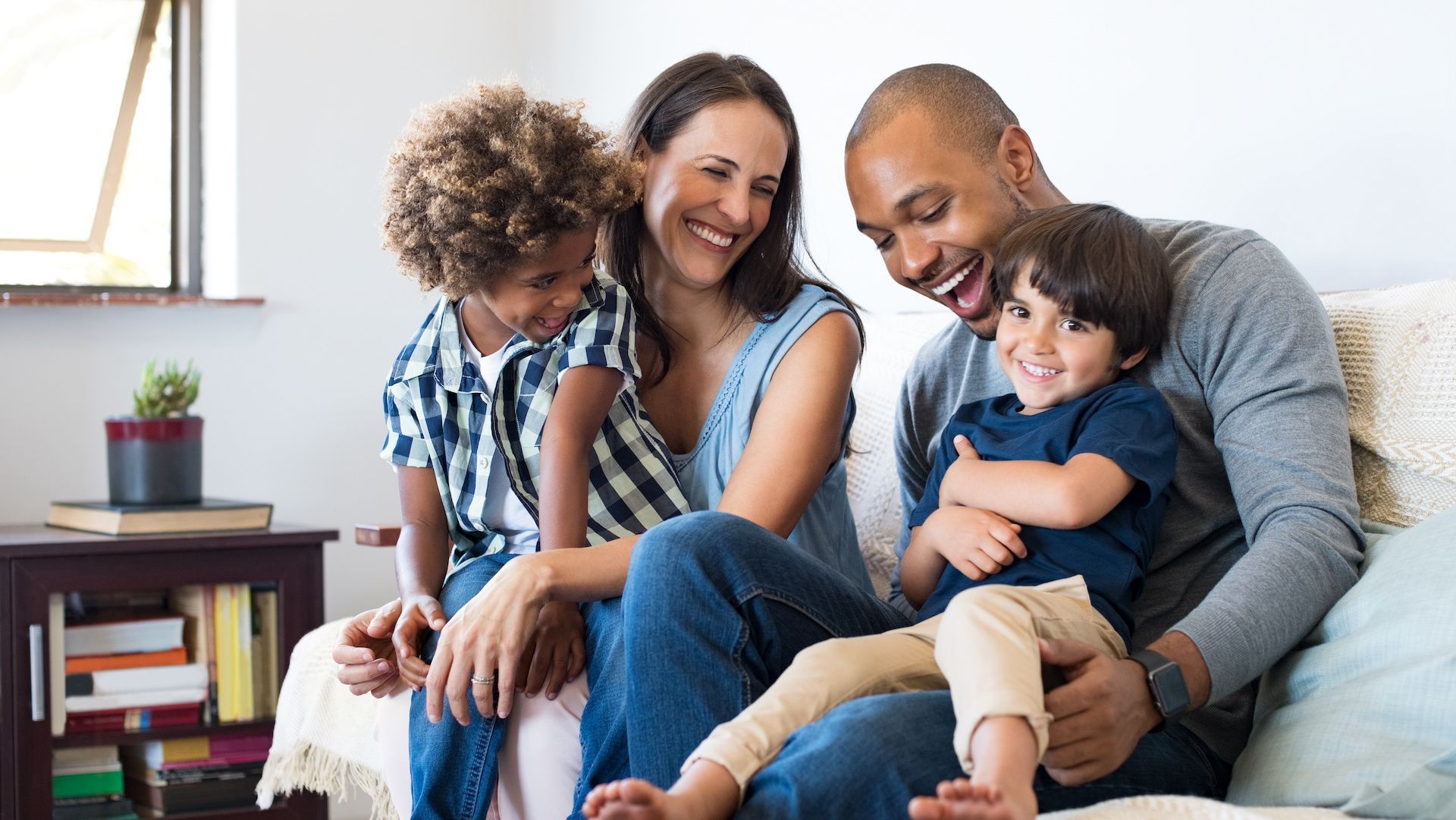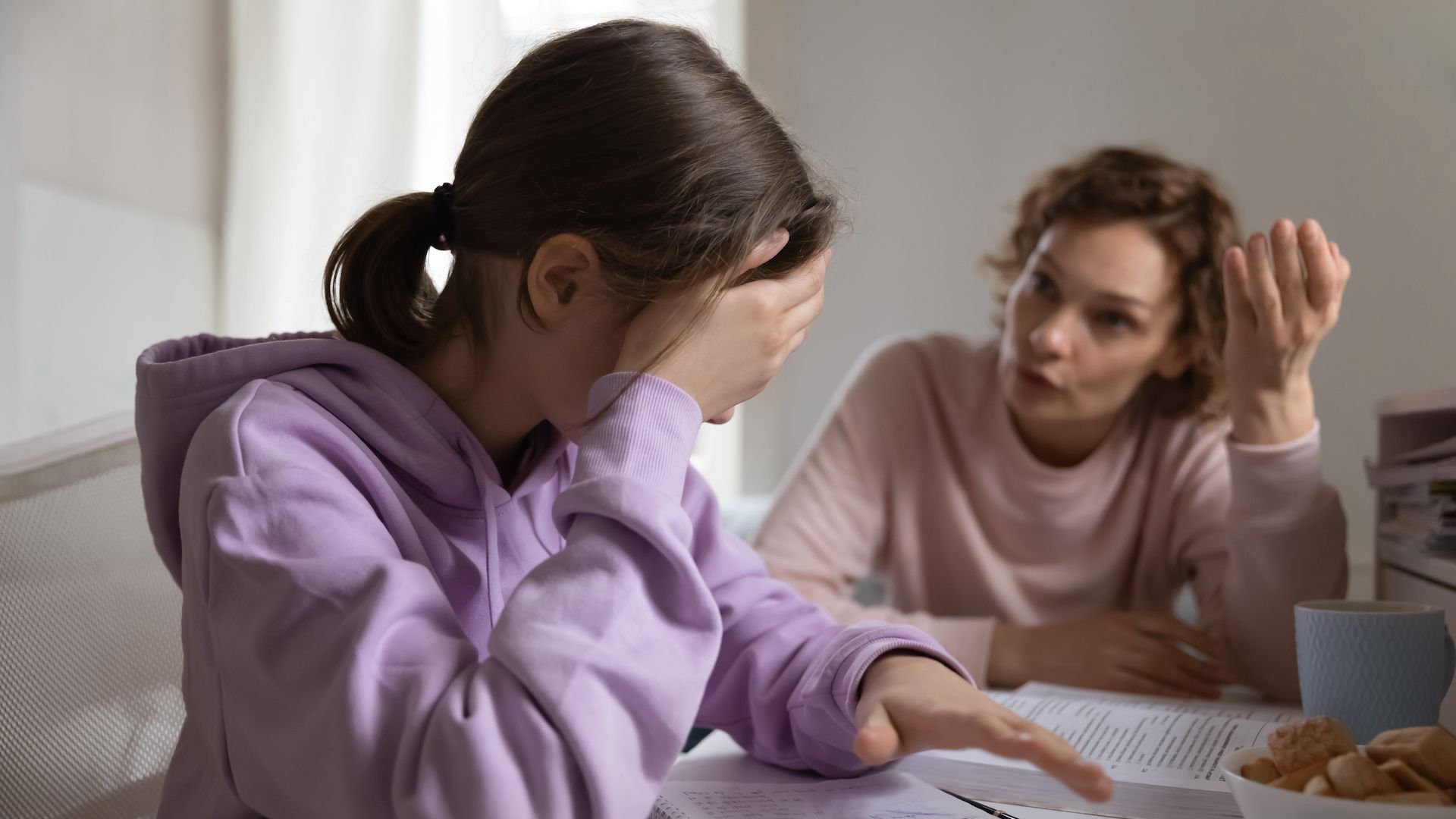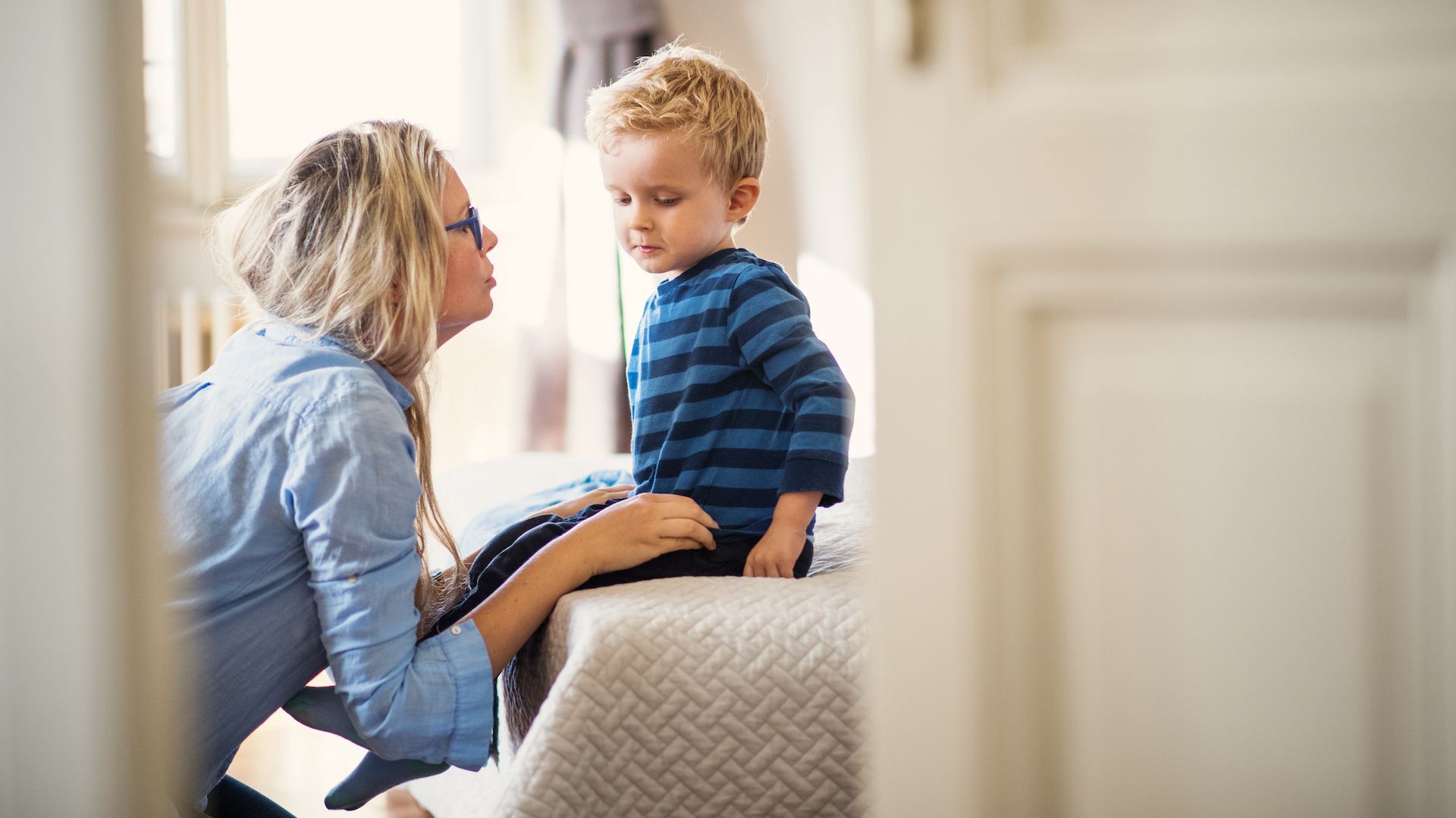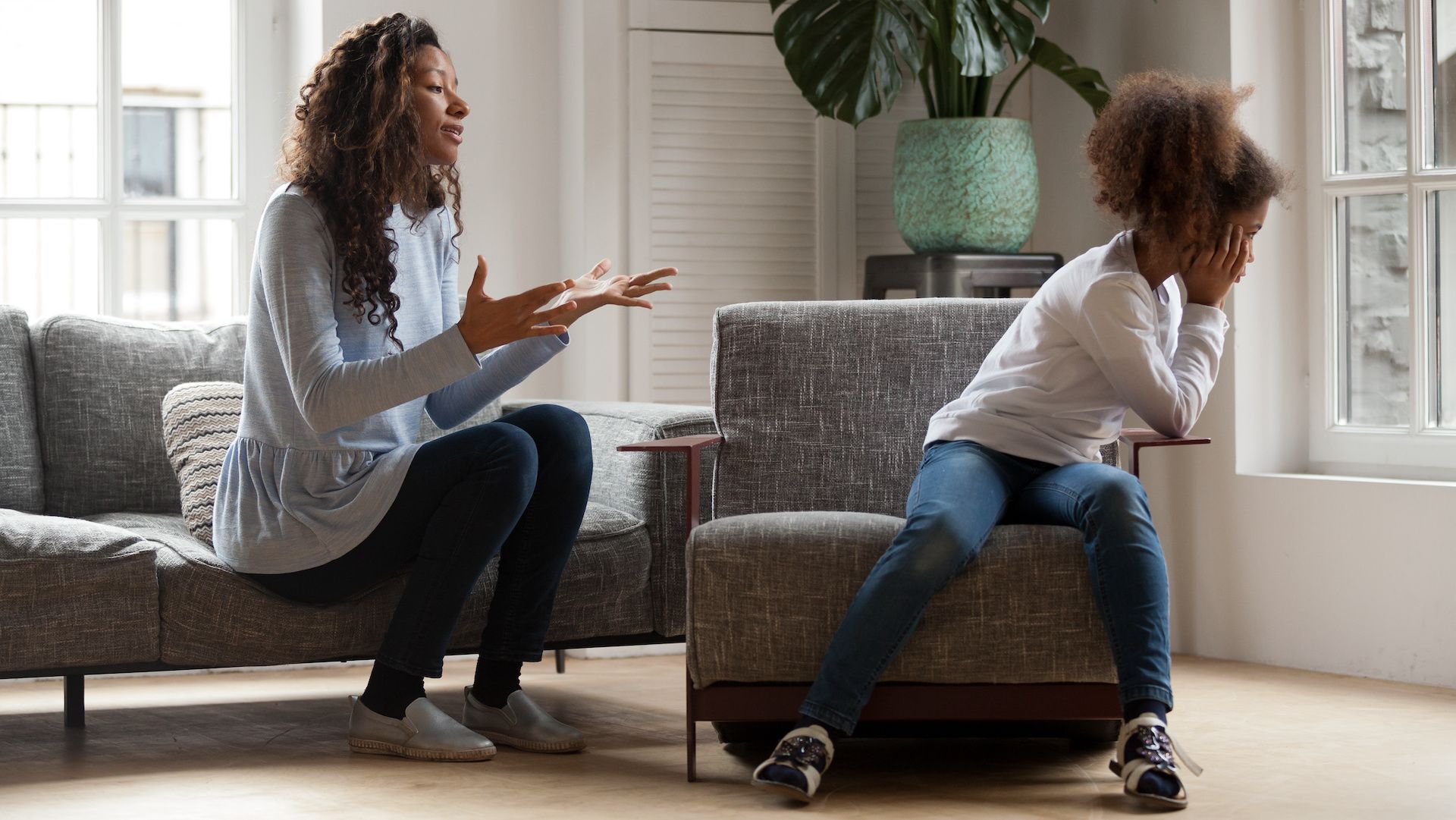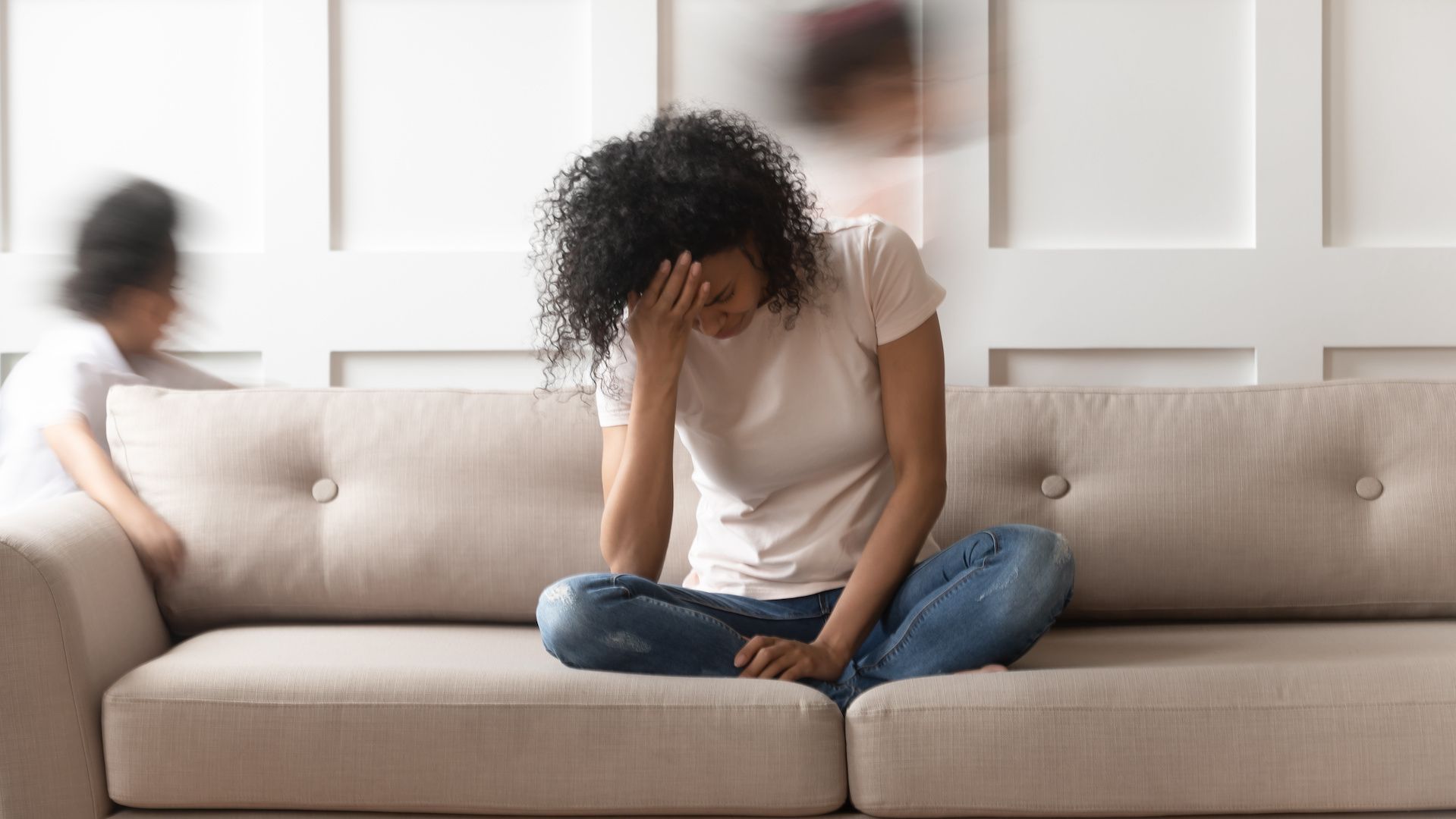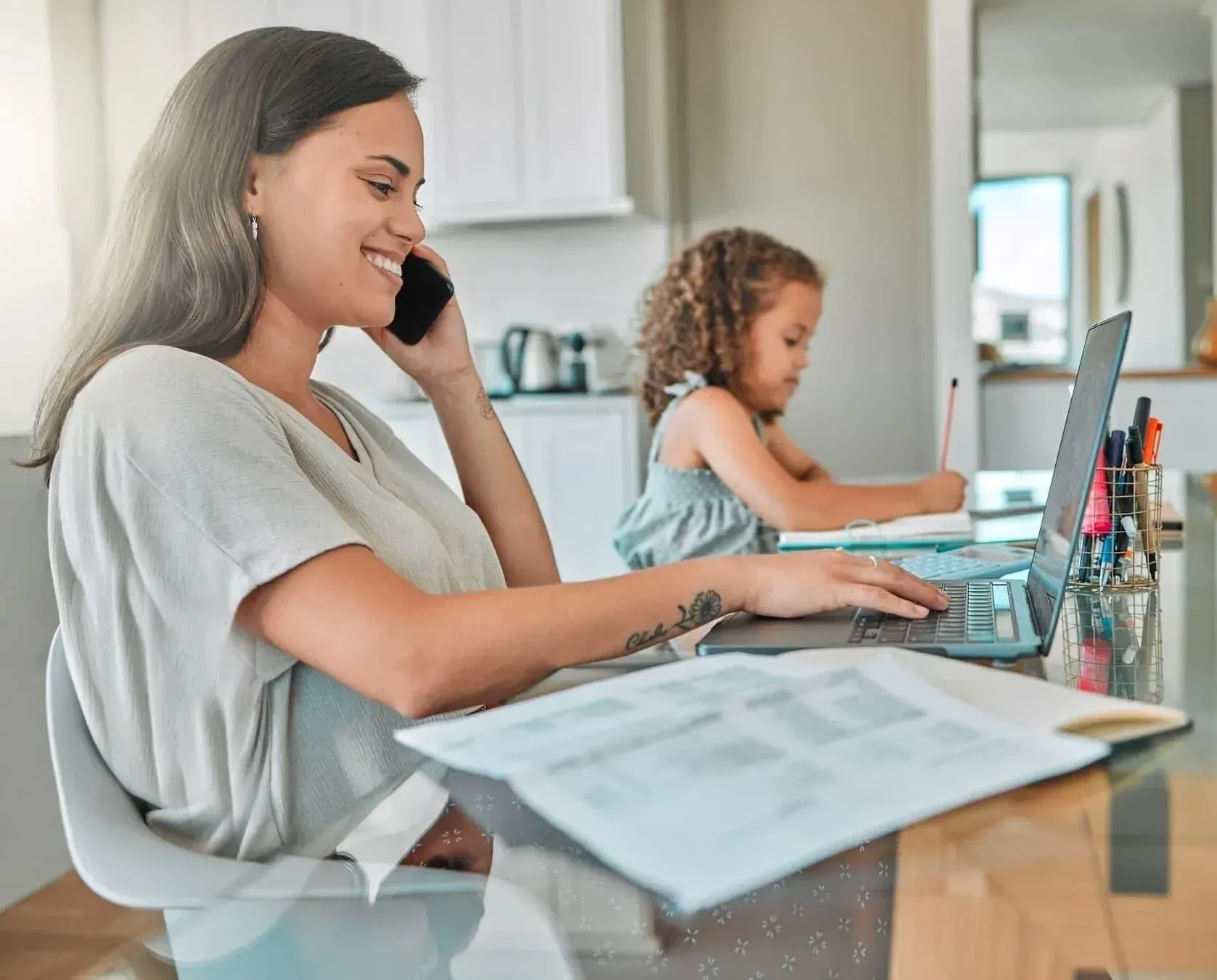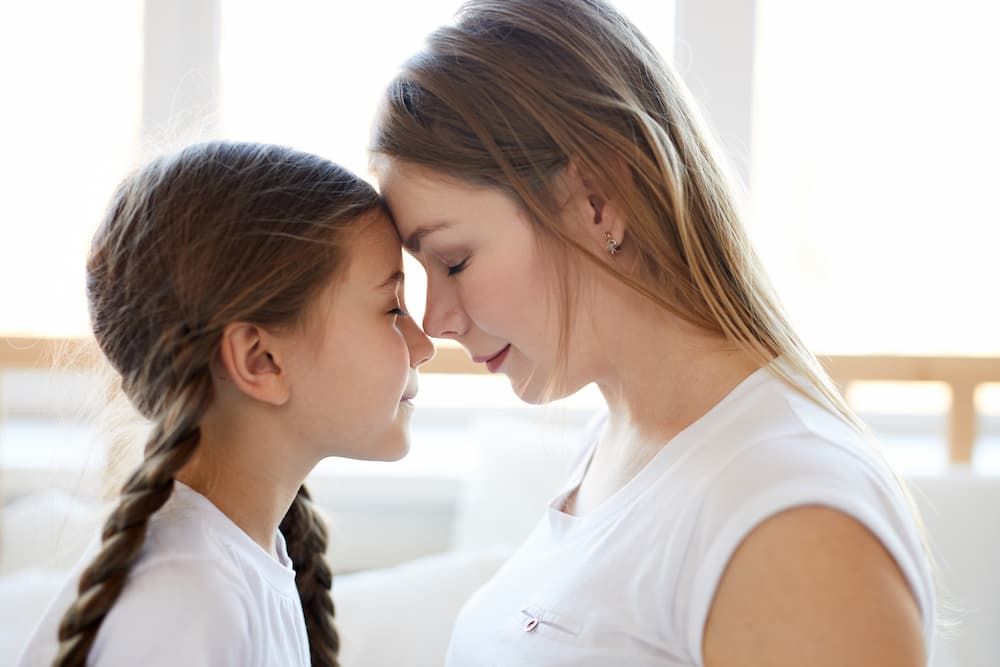How to Help a Child with Anxiety
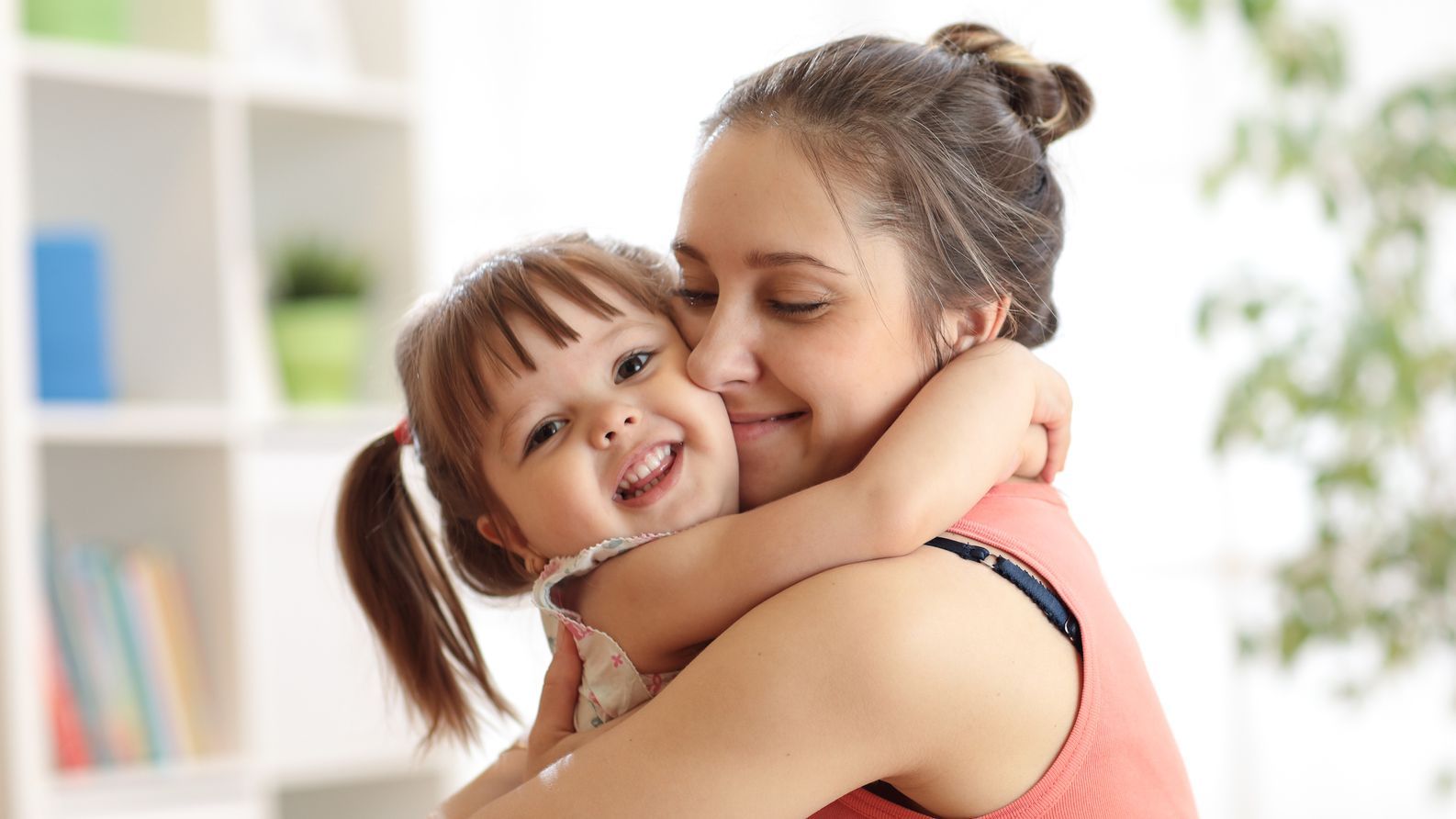
The little boy who refuses to enter the sand box even though all of his friends are having fun and inviting him to join.
The little girl who cries with desperation as her mom leaves the classroom.
The son who sits on the bench while neighborhood kids run freely around the playground.
The daughter who won’t speak to anyone except her mom, and even then only in a whisper.
The child who freezes in a panic when he hears any dog bark.
These are just a few examples of how some children experience anxiety in their daily lives.
Parents may understand that children have fears of certain circumstances or apprehension about new activities, but there may come a time when small fears turn into anxiety, which can impact a child’s day to day life.
The American Psychological Association defines anxiety as “an emotion characterized by feelings of tension, worried thoughts and physical changes like increased blood pressure.” It is an emotion that typically arises when a child faces an event they know to be stressful (saying goodbye at school, jumping into the swimming pool) or an event with an uncertain outcome (taking an exam, meeting new people at a birthday party).
Before we jump into the details of how anxiety looks and where it comes from, I want us all to remember what our world is like today. We have been experiencing collective anxiety for over two years due to major world events like a global pandemic and a divisive political scene.
The world we are living in has turned normal, healthy, life-enhancing activities into risky, and potentially dangerous situations.
Even as we come out of the worst phases of these global challenges our brains and our children’s brains are still adjusting to what is safe and what is a threat. Our nervous systems have been rewired to protect ourselves, and now we are embarking on another phase of reprogramming and recalibrating our nervous systems all over again.
Give yourself and your children grace for still feeling anxious. It is going to take time to unwind ourselves and return to our healthy equilibrium.
What can I do to help my child with anxiety?
Identifying the signs and symptoms is the first step in how to help a child with anxiety. According to the Child Mind Institute common signs of an anxiety disorder may include trouble sleeping, complaints of stomach aches or headaches, avoiding particular situations, trouble concentrating, tantrums, being very self-conscious, or clinging to parents and caregivers. Discovering the specific cause of anxiety can also inform parents on how to support their child.
What are the signs of anxiety in a child?
Common childhood anxieties include separation anxiety, social anxiety, selective mutism, and specific phobias. All of these categories are considered anxiety disorders when the child’s anxious behavior persists for more than a month, or when the anxiety disrupts the child’s life through their avoidance of the situation.
If you notice your child’s fear or worry is ongoing, highly disruptive or very worrisome to you, we suggest that you seek a professional assessment of your child's anxiety symptoms. While small amounts of anxiety can be managed and are normal, therapy and other forms of support are very beneficial.
Developing empathy towards anxiety
It is important to recognize that when children feel anxious, the feeling is real for them, in their brains and their bodies. Just like when a baby gets startled and cries out, older children are “crying out” to get help from their parents.
This may show up as actual crying and tears, clinging closely to a trusted adult, withdrawing from a situation, refusing to participate in an activity, or asking repetitive questions to ease their worry.
No matter how a child is showing their feeling of anxiety, they all need the same thing from us as parents: security and soothing.
Child anxiety treatment at home
Children need to experience us protecting them from whatever is causing the fear, and they need us to help them calm down again. This is an interpersonal experience; children cannot overcome anxiety on their own.
As adults we may be tempted to explain why the feeling is irrational, or why there’s “nothing to worry about.” But these attempts to convince our children out of anxiety are misguided for one main reason: our children have not yet fully developed the part of the brain responsible for logical reasoning.
Their daily experience is filtered first through their emotional brain, which means the emotion itself must be processed, not explained away by logic. When we step into our child’s experience with empathy, we can guide them through it more effectively.
Actionable steps to help a child with anxiety
Dr. Eli Lebowitz of the SPACE treatment program gives two specific ways that parents can support their anxious children.
First, he suggests that parents accept and validate what the child is feeling, even if it’s different from the parent’s feeling or different from how the parent expects the child to feel. A simple statement like, “I know you’re feeling scared,” or “I see how worried you are” is enough to validate the child’s feelings in the moment.
Next, he suggests parents show confidence by expressing that they believe their child can handle the big feelings and will make it through the challenging situation. Again, a simple phrase like, “I know you can handle feeling scared, and you’ll be ok” is a deeply supportive interaction.
Keep in mind that our children’s brains are learning about the world through mirror neurons. What they see in you is what they will reflect back. If they start to show fear or worry, and you respond with more worry and doubt, they will pick up on that and mirror it, which ultimately increases their own anxiety.
If your child starts to show anxiety, and you respond with calmness and curiosity, your child can pick up those signals and begin to feel more calm as well. This approach is not a cure-all strategy. However, it is an important reminder that our presence as parents absolutely impacts how our children respond to the world around them.
Notice if your child’s anxiety stirs up more fear within yourself. Find ways to support yourself through that fear so you can show up to your child’s anxious moments with clarity and confidence.
Another strategy to support your child through anxiety is to teach them how to talk to their own brain. Tina Payne Bryson reminds us that anxiety in a stressful situation is a healthy response and not cause for concern.
When anxiety in a safe situation gets in the way of our daily lives, it’s time to take a different look. She encourages kids to talk to their brains and say, “Thank you, brain, for doing your job and keeping me safe. OK, there’s no more danger. Worries, you can be quiet for a while. I know I’m safe.”
Looking at the situation with a new perspective and telling your brain that you are now safe is an effective way to minimize the impact of anxious thoughts and behaviors.
In Summary
Let’s summarize how you can help an anxious child today:
- Notice your own fears that arise when you observe your child’s anxiety. Set an intention to show up with calmness and curiosity as you respond to your child.
- Validate your child’s feelings. Tell your child “I get how hard this is for you,” or “I see how worried you are about this.”
- Show confidence in your child’s resilience. Tell your child “I know you can handle these big feelings.”
- Teach your child how to talk to their brain. Invite your child to thank their brain for doing its job of keeping them safe, and ask the worries to quiet down now that whatever used to be a threat is no longer causing danger.
As you navigate your child’s anxious feelings (or your own) remember that all emotions are valid and must be recognized in order to be processed.
Emotions that are ignored, dismissed, or suppressed will continue to fester and come out again bigger and stronger.
Anxiety is a healthy response to stressful situations, and if you notice ongoing patterns of anxious behavior or disruptions to daily life it is time to take a deeper look. Incorporate these strategies into your interactions with your child and seek additional support if your child needs it.
Although we live in a world filled with anxiety, anxiety does not have to rule your child’s world.
Meet Your Author, Allyn Miller
Allyn Miller is a Master Certified Parent Coach and owner of Child Connection. Her mission is to help exhausted moms thrive in every tantrum or meltdown, whether it’s their child’s or their own.
She is surprisingly funny (and emotional) despite her background as an accountant. Her sense of humor kept her going through years of classroom teaching. These days her clients rave about her listening skills and the unique way she breaks down big concepts into doable actions.
When not celebrating “aha” moments with her clients, you can find this chocoholic mama splashing in the ocean waves near her home in Weston, Florida… or snuggling on the couch with her husband and two kids watching the latest Pixar movie.
Website: www.child-connection.com
IG: @child_connection
Share This Article:
Curious for more?




